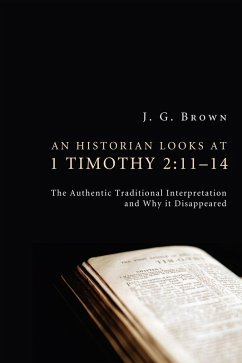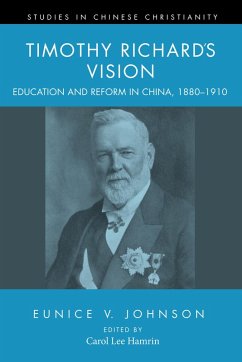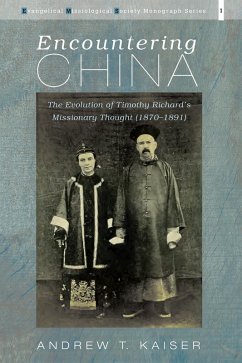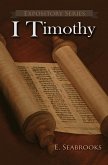In the controversy over the role of women in the church, complementarians/hierarchists routinely claim to be upholding the "traditional" position. Like the little boy who declared that "the emperor has no clothes," J. G. Brown exposes the fallacies in this claim. The authentic traditional interpretation of passages such as 1 Timothy 2:11-14 differs substantially from contemporary readings, whether egalitarian or hierarchist. Most prominent Protestant exegetes--from Luther and Calvin through those in the early nineteenth century--understood creation ordinances (male headship/female subordination) as foundational to the temporal world, not the church. An Historian Looks at 1 Timothy 2:11-14 brings history and theology together in a fresh way, with startling implications for the ongoing debate.
Dieser Download kann aus rechtlichen Gründen nur mit Rechnungsadresse in A, D ausgeliefert werden.









